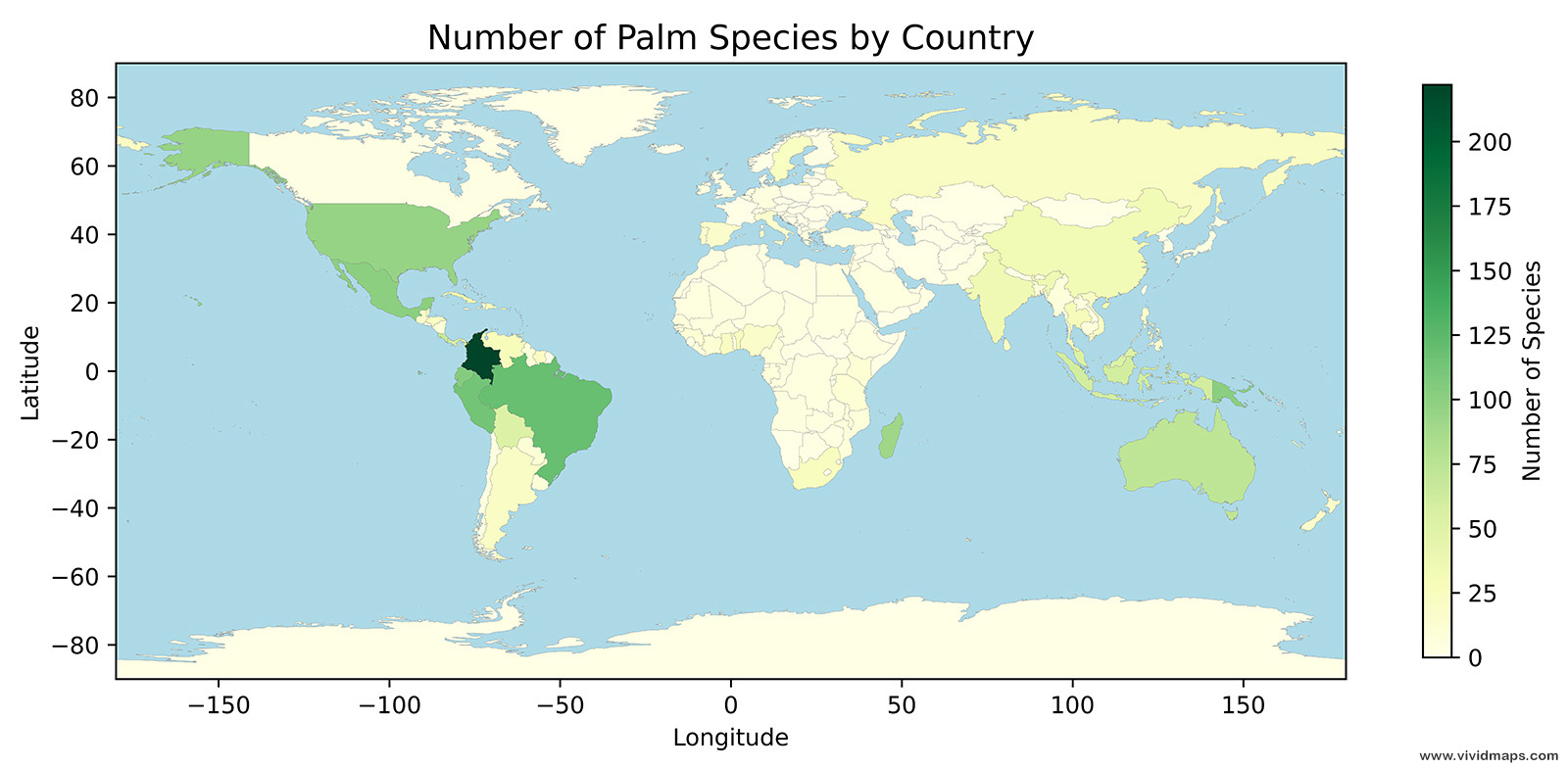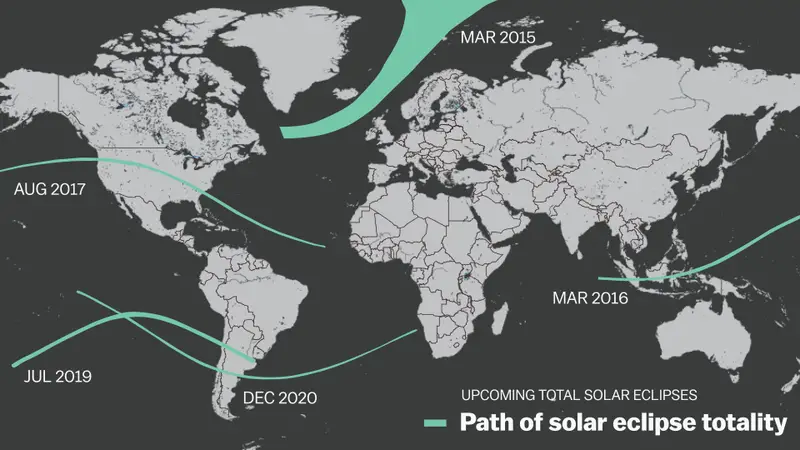Spring’s Early Whisper: Tracking the First Leaves Across America
Have you ever noticed how the first hints of spring differ depending on where you are in the country? Trees begin to bud in some regions while others are still blanketed in snow. This fascinating variation is beautifully captured in an animated map created by The New York Times, which illustrates the average first leaf appearance across the United States. Utilizing data from the USA National Phenology Network (USA-NPN), the map showcases when different areas typically witness the first signs of spring, ranging from January in the South to April in the North.
Animated map: Average first leaf appearance

The timing of these first leaves, known as the “First Leaf Index,” is based on observations of early-season plants like lilacs and honeysuckles. These species are among the first to show their leaves as temperatures rise, making them reliable indicators of spring’s onset. The USA-NPN collects and analyzes data on these events, allowing us to understand and predict patterns in plant behavior.
Climate change has significantly influenced these patterns. Studies have shown that spring is arriving earlier than it did in the past. For instance, research indicates that plant species in the U.S. are flowering three to four weeks earlier than they did 150 years ago.
This shift can disrupt ecosystems, as plants, animals, and insects that have co-evolved may become out of sync with each other’s life cycles.
Looking ahead, if current greenhouse gas emission rates continue, projections suggest that the first leaf appearance could occur up to 21 days earlier by the year 2100.
This acceleration may lead to longer growing seasons, but it also poses challenges. For example, earlier springs can result in mismatches between plants and their pollinators, increased vulnerability to late frosts, and extended periods for pests and diseases to affect crops and natural vegetation.
Understanding these changes is crucial for farmers, gardeners, and conservationists. By monitoring the shifting patterns of spring’s arrival, we can adapt our practices to support ecological balance and agricultural productivity.
Have you observed changes in the timing of spring in your area? Share your experiences in the comments below!








